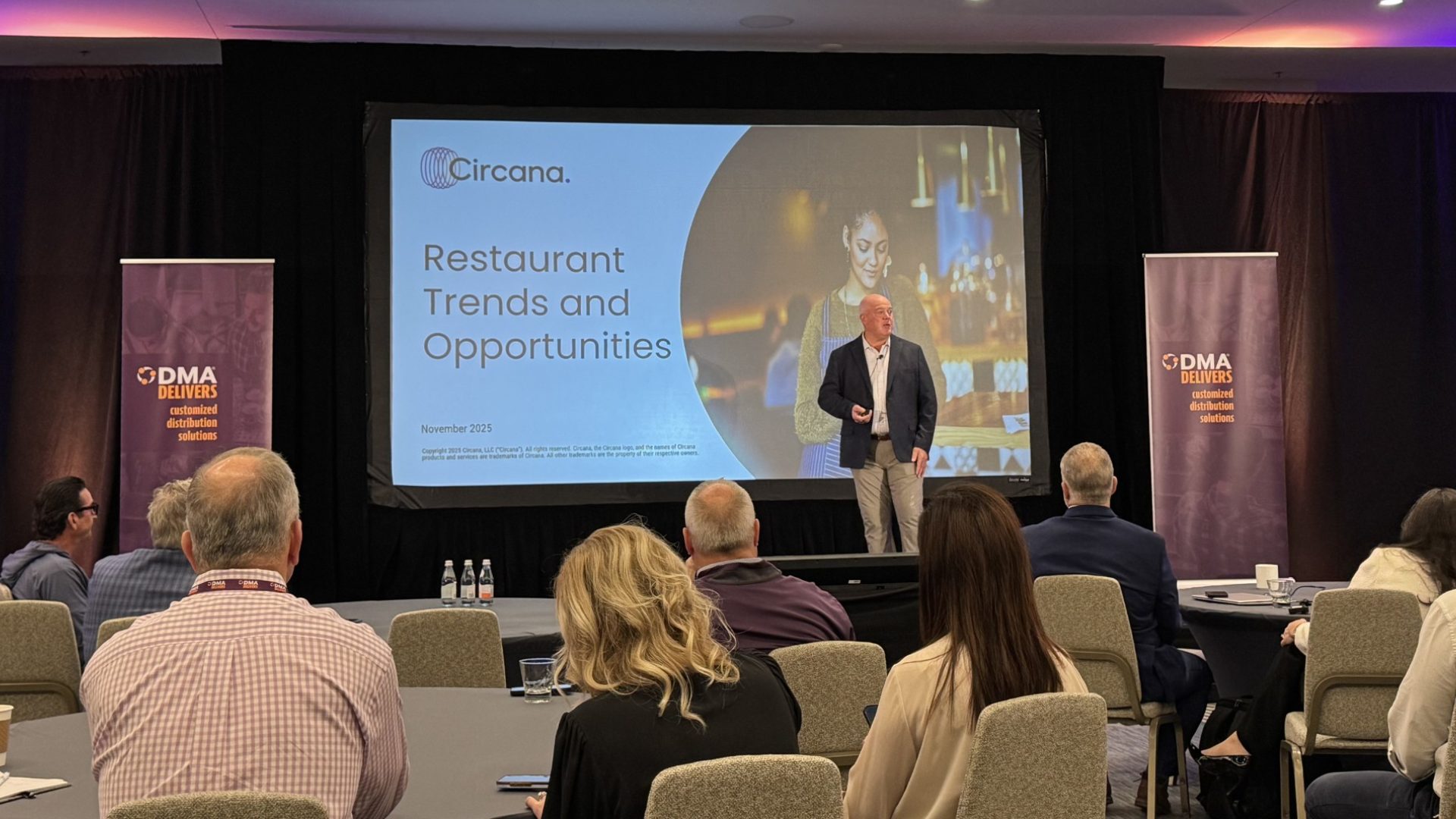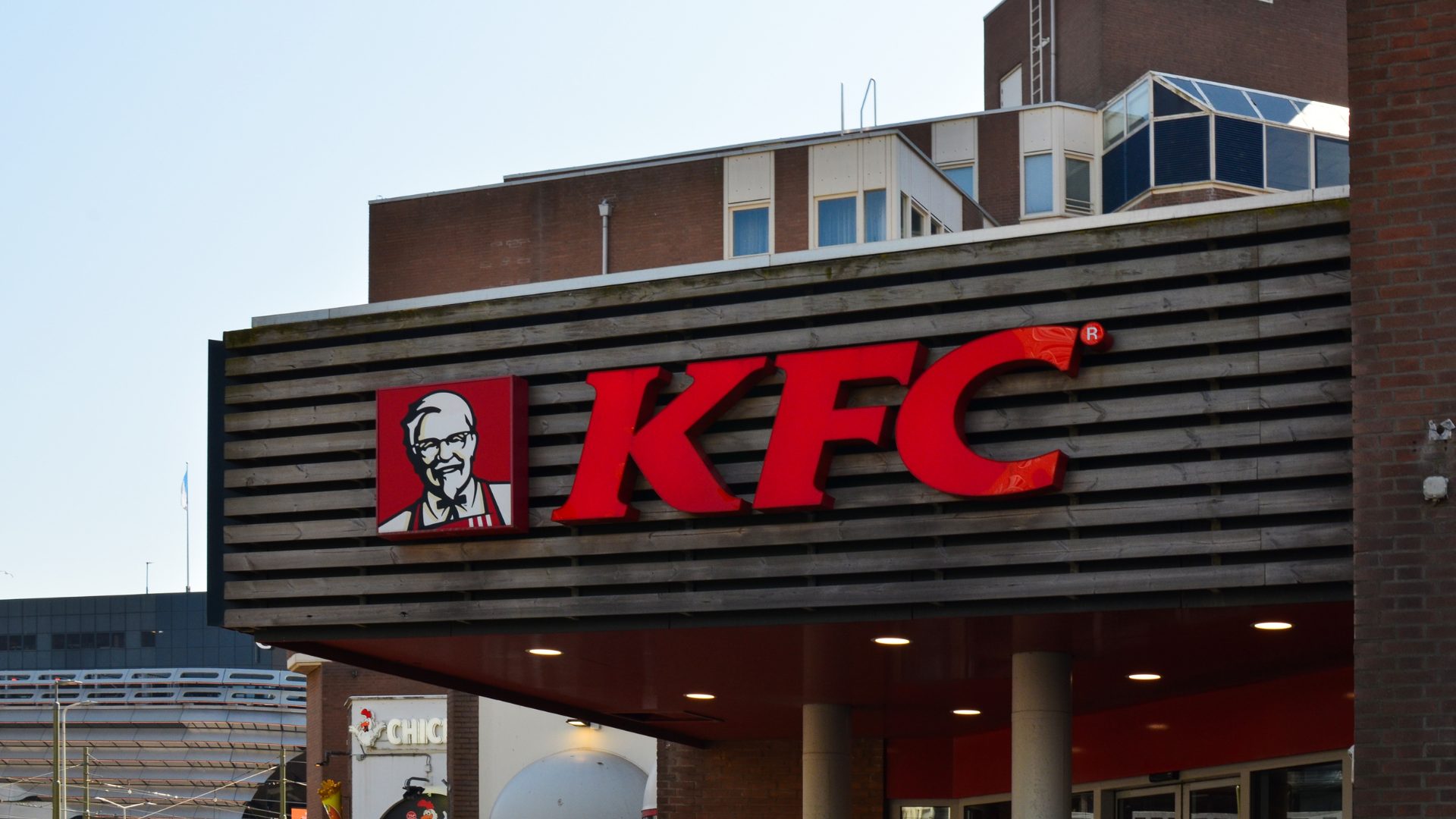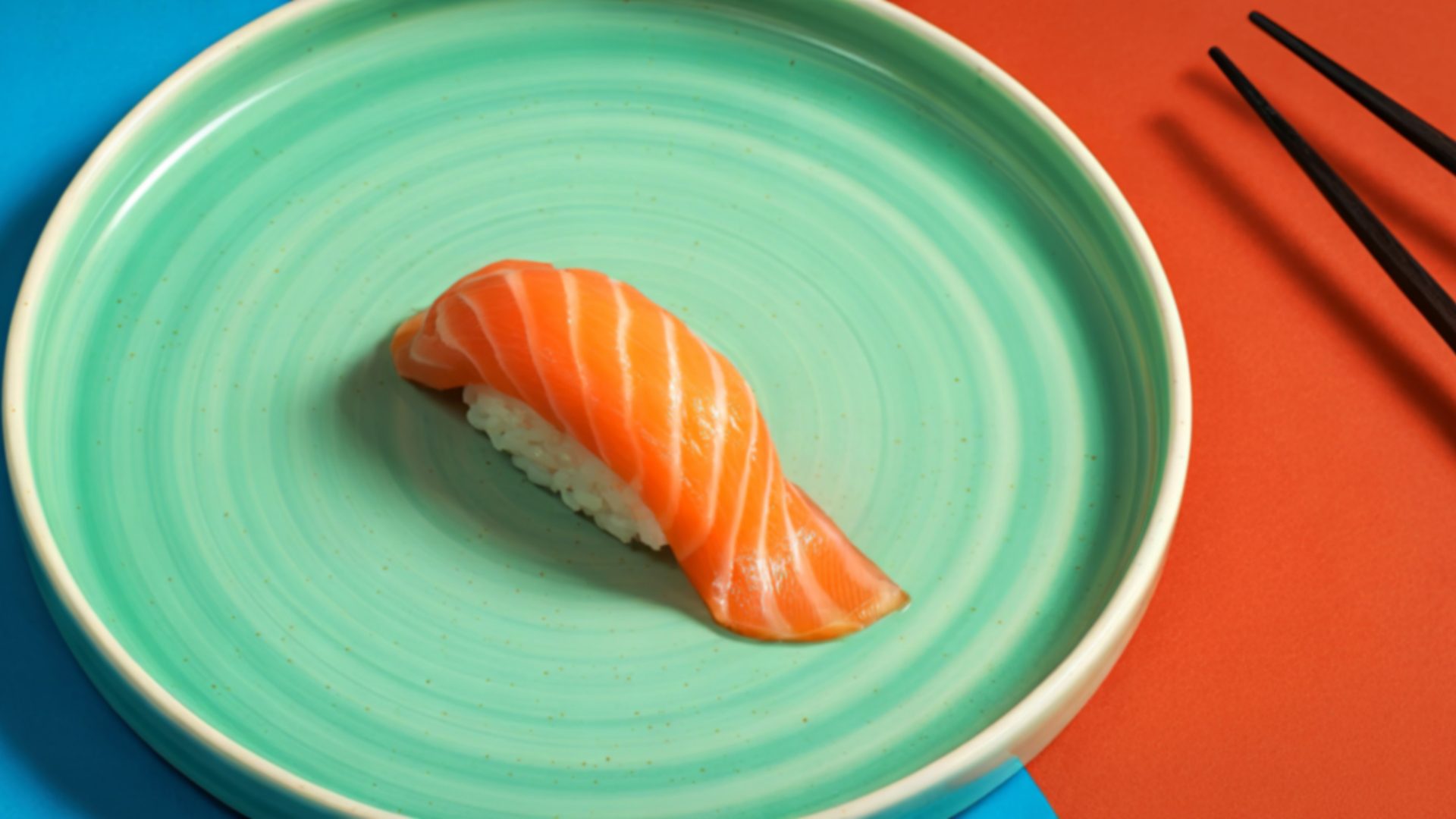Over the last three years, a basket of eight publicly traded casual-dining stocks has crushed the market. Including dividends, the Standard & Poor’s 500 has returned 49% over that period. But investors in the casual-dining space on average are up 88%.
But that average is skewed by the sector’s biggest winner, Brinker International. Last month, we highlighted the incredible turnaround at the owner of Chili’s and Maggiano’s, and that turnaround has driven explosive returns. Brinker stock has returned 469% over the past three years; it’s roughly the 80th-best performer in the entire U.S. market (which consists of roughly 5,000 stocks).
Excluding Brinker, returns get softer, to about 30%. That’s likely more in line with expectations: in a tough environment, overall the sector has done well but not quite as well as a broad market moving high largely on the back of ‘Big Tech’ companies.
Even that calculation, however, misses a more important and interesting aspect of sector returns: how incredibly disparate those returns have been. Five of the eight stocks are up; all have beaten the broad market over that period:
- Brinker +469%
- Texas Roadhouse +164%
- Darden Restaurants (Olive Garden and LongHorn, among other chains) +90%
- Cheesecake Factory +84%
- BJ’s Restaurants +70%
Owning solid operators in casual dining has been a tremendously effective strategy, even if investors missed out on the Brinker turnaround. (And they might well have: the reason Brinker stock has soared is precisely because three years ago investors didn’t believe it was a solid operator.) And this is not a case of cherry-picking the time period: the same trend holds on a one-year basis and on a five-year basis (though BJ’s just misses the S&P during that latter stretch).
But on the other hand, investors in the chains that have struggled have been absolutely crushed. Over the past three years, picking the wrong casual dining stock has meant losing a significant amount of money:
- Red Robin Gourmet Burgers: -48%
- Bloomin’ Brands (Outback): -59%
- Dine Brands Global (Applebees, IHOP, Fuzzy’s Taco Shop): -62%
With this group, too, over a different time frame the story is the same. Red Robin stock gained 63% (yes, sixty-three percent) on Friday after a strong first quarter report. Shares are still down 37% over the past year (and even with that gain are negative 7% so far in 2025). Both Dine Brand Global and Bloomin’ Brands keep falling; both stocks are threatening lows not since the worst of panicked trading amid the novel coronavirus pandemic in March 2020.
In the context of the broader stock market, the wide disparity in the returns within the sector is unusual. Many stocks have traded much more in lockstep over the past 15 years. But in the context of the broader food industry, these returns actually make quite a bit of sense. Executives across the space, ranging from packaged food suppliers to retailers, have emphasized that customers are seeking value. In some cases, that’s trading down – but in others, it’s simply an emphasis on quality.
What the stock market is telling the industry is that quality will be rewarded.
Texas Roadhouse has had incredible execution (and been an incredible stock) under the system pioneered by founder Kent Taylor. Darden turned Olive Garden around in the 2010s and it’s been an industry leader ever since. Brinker found a hugely attractive angle – offering dine-in meals that were superior to fast food at an advertised price only a couple dollars higher – and ran with it.
Cheesecake Factory and BJ’s haven’t been quite as impressive, but offer a consistent, differentiated, experience.
In contrast, the likes of Applebee’s and Red Robin simply haven’t found a way to differentiate their brands and their experiences. And in this macroeconomic environment, with such solid competition, that means lower traffic, lower revenue, and lower profits.
There’s another way to explain casual-dining stocks, however, one that focuses more on the core secular trend rather than current consumer behavior. Pressure on the space has been consistent for two decades now, due to everything from lower mall visitation to the rise of fast casual.
And what the stock market may be telling us is, at this point in the industry’s evolution, there simply isn’t enough demand to go around. The major chains are fighting for basically the same amount of dollars – which, in turn, means the winners should keep winning, and the losers will keep losing.
Vince Martin is an analyst and author whose work has appeared on multiple financial industry websites for more than a decade; he’s currently the lead writer for Wall Street & Main. He has no positions in any companies mentioned.
The Food Institute Podcast
Just how difficult is it to scale a better-for-you snack company? Rebecca Brady, founder and CEO of Top Seedz, shares how she turned a homegrown idea into a rapidly scaling snack brand and breaks down the strategy behind her growth, from bootstrapping production to landing national retail partnerships.












